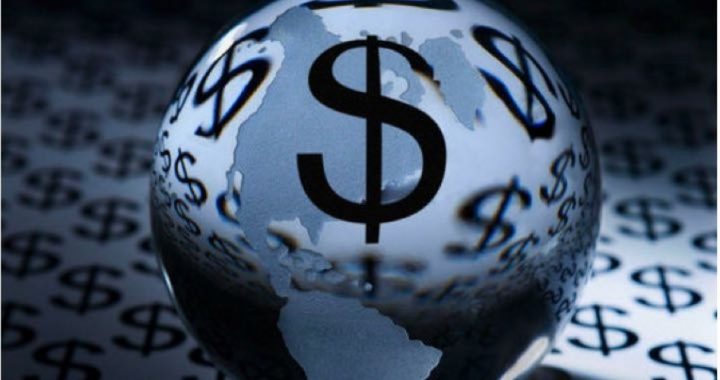
Claiming that the worldwide demand for crude oil will jump by 20 million barrels of oil per day over the next five years, Amin Nasser, the CEO of Saudi Aramco, said, “Investments in smaller increments such as [U.S.] shale oil will just not cut it.” Speaking at the World Petroleum Congress in Istanbul last week, Nasser said:
If we look at the long-term situation of oil supplies, for example, the picture is becoming increasingly worrying.
Financial investors are shying away from making much-needed large investments in oil exploration, long-term development and the related infrastructure….
New discoveries are also on a downtrend. The volume of conventional [non-shale] oil discovered around the world over the past four years has more than halved compared with the previous four.
Speaking to his own interest, Nasser is trying to talk up the value of his company, which remains on schedule to sell five percent of itself in what some are calling “the world’s largest IPO [initial public offering].” To stress the point, Nasser said Aramco was going to invest some $300 billion to expand its oil and natural gas production capacities, also just in time for the IPO next summer.
World oil producers are pumping about 100 million barrels of crude oil daily, and it isn’t unreasonable to expect that world demand would require 120 million by the year 2022. What’s unnerving some investors is that Citigroup and Goldman Sachs agree with Nasser. In a joint statement issued on Monday, analysts Ed Morse and Seth Kleinman wrote:
With a continuation of the OPEC and non-OPEC producer deal [to cut production] in the second half of 2017 and the expected associated inventory draw-down, we expect prices to move above $60 a barrel by the second half of the year.
However, the duo warned that their forecast was predicated on OPEC continuing its production-limit agreement; otherwise, failure to extend it would send crude oil prices “precipitously lower.”
The cartel’s problems with low oil prices and oversupply are caused by the failure of some members to keep up their part of the agreement to cut production in order to drive crude oil prices higher. The largest rogues, however, are two members that have been exempted from the production cut agreement: Nigeria and Libya. Since last October Libya has expanded its oil output by 600,000 barrels of crude every day, while Nigeria has increased its production by 200,000 barrels a day. Combined, that effectively cancels any output reduction from OPEC members who remain a party to the agreement.
There’s little the cartel can do about it. The compliance committee for the cartel meets in two weeks, and rumors are surfacing that representatives from both rogue producers will be “invited to attend” in hopes that they may be persuaded to keep from sabotaging the agreement. This could set the stage for official limitations to be placed on them at OPEC’s regular meeting in November. It could also presage a massive revolt that could spell the end of the fading cartel.
Any consideration of further cuts in the present agreement has been ruled out. Russia, a non-OPEC member that has agreed to go along with the production-cut agreement, has made it clear that it isn’t interested in any further cuts. And Mohammed Barkindo, the cartel’s secretary general, told the media attending the oil conference in Istanbul last week that any discussion of further cuts “would be premature.”
As Irina Slav, writing at OilPrice.com, expressed it: “OPEC is hard-pressed to find a way to make its deal work in the face of growing U.S. production and growing OPEC production, too. Asking Nigeria and Libya to join the cut is one obvious way to do it, yet it remains uncertain how willing these two [rogues] would be to stop expanding their output given their dependence on the commodity.”
Mitigating against a rise in the price of crude are the 6,000 DUCs — U.S. wells that are drilled but not completed — waiting to come online. Further there’s the massive new oil discovery announced by Apache Oil last September. After two years of quietly buying up land in West Texas, the company announced that its discovery — dubbed “Alpine High” — contains more than three billion barrels of oil and 75 trillion cubic feet of natural gas. If just a third of that oil and gas is recoverable, it would further increase America’s opportunity to become the world’s largest energy producer and, along the way, severely damage OPEC’s continuing attempts to push oil prices higher.
An Ivy League graduate and former investment advisor, Bob is a regular contributor to The New American magazine and blogs frequently at LightFromTheRight.com, primarily on economics and politics. He can be reached at [email protected].



